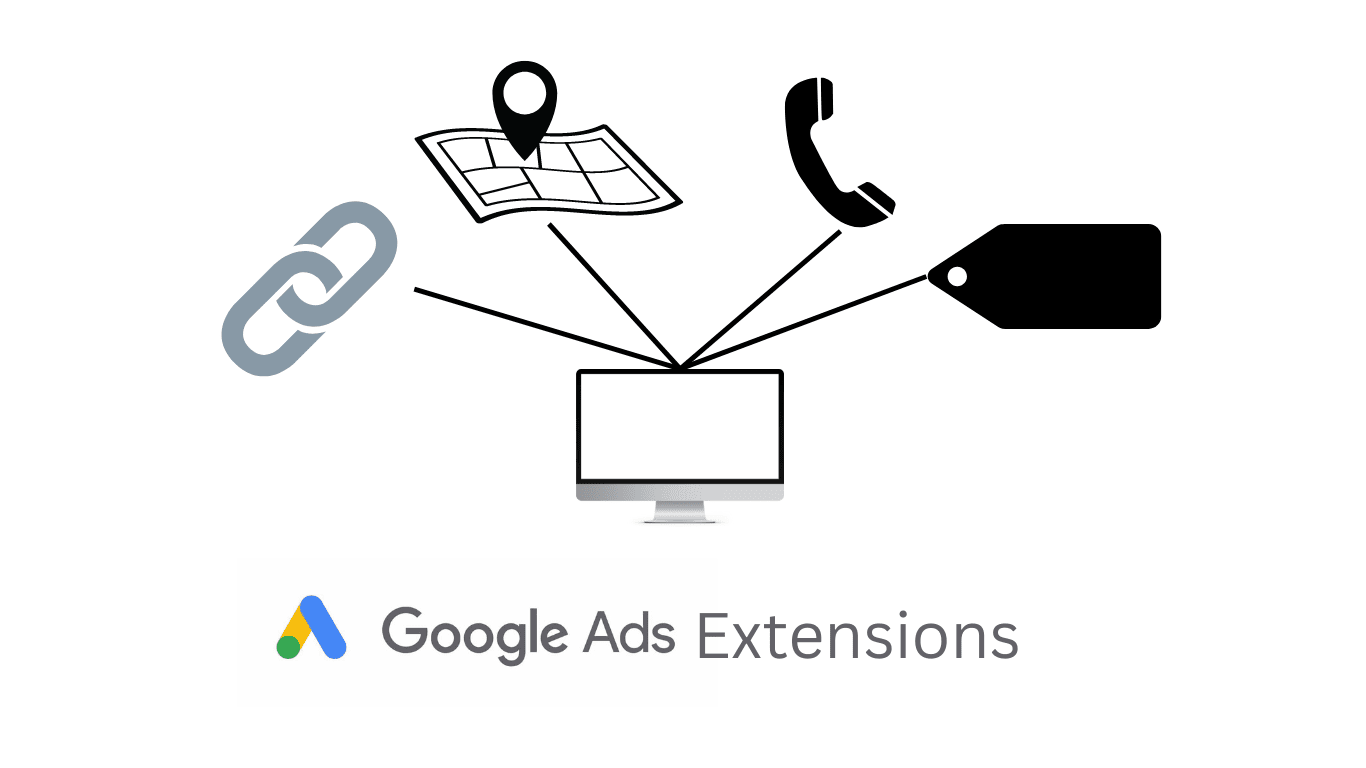The bigger your digital presence is, the more granular your strategy will be. However, there are a couple of elements that every good marketing strategy will have.
This is sort of like sub-goal setting for your company. How will you achieve your company goals through smaller initiatives throughout the year? These will include:
– The initiative
This section will help you describe what industry your product is for and who it is for. This will be an outline of the audience you want to sell to, focus on the following traits:
– Age
SWOT stands for strengths, weaknesses, opportunities, and threats. Every company has them and every company should outline them. This is a way to get a solid understanding of where you stand now and will lay a roadmap for what you have to improve with your strategy. You don’t need to write it all at once, slowly fill it in as you get ideas and as you do your market research from the sections above.
6. Market Approach
How will you approach the market? How will you offer your ideal audience something they haven’t already been offered? One way to go about answering it is by using the “7 Ps of marketing”:
– Product
– Price
– Place
– Promotion
– People
– Process
– Physical Evidence
(You can learn more about these in our free marketing plan template. Download below)
7. Budget
This is where you plan out exactly how much will be spent on every part of marketing. We would categorize them like this:
– Software
– Ad Spend
– Events
– Promotions
– Outsourcing cost
8. Marketing Channels
Where will you market? Here you should explain each channel you will use, why you will use it and how you will measure it. If you have a large social media presence you can even go into more detail and explain how each channel will serve the initiative.
How to Create a Marketing Strategy?
Now that we have covered what should be included in a marketing strategy, we will look at how to actually go about creating it.
1. Situation Analysis
Before you get too excited and filled with ideas for your new marketing strategy step back for a second and analyze your current situation. Without knowing where you stand now there’s no way you’re going to plan out how you will improve. It’s like wanting to improve your 5km time without knowing how fast you run a 5km.
Start with SWOT and get some initial details in. Like I said above this won’t be the only time you add to this so don’t stay on it for too long if you can’t think of anything.
Next, you need to do your market research. See where you stand in the sea of your competitors. Not only will this give you a couple of numbers to improve on but you’ll also be able to see short-term growth possibilities. Find out everything they are doing and be on the lookout for gaps. These are gaps that ideally you would fill in.
This should start giving you an idea of what your customer wants.
2. Define Your Target Audience
Once you know where you stand and what your competition is doing, you can start putting together who your target customer would be. Many larger companies will already have buyer personas so you might just have to refine them here rather than create them from scratch.
Your main goal from this is to figure out what drives your audience and what pain points they have. How does it support their goals? How will it solve their problems?
Once you have your target audience, you can move on to creating goals.
3. SMART Goals
Just like a plan is 100% needed, a plan can’t exist without goals. You need to set targets and hit those targets. These goals need to be realistic and relevant though otherwise there’s no point in having them and you won’t hit them. So to make sure your goals are perfect and you hit every single one I recommend using the SMART system. Your goals should be:
– Specific
– Measurable
– Attainable
– Relevant
– Time Bound
If you structure your goals like this and consistently hit them there is no other way but up. An example would be “Increase customer average order value by 20% in 4 months”. This goal is specific, it’s measurable, attainable, relevant, and timebound.
4. Strategize
So far it’s mostly just been research and planning. Now it’s time to put your thinking cap on and figure out how you’re gonna hit these goals. Where are you gonna advertise? How will you do it? What’s your angle? What’s your offer?
For example, if your goal was to increase customer average order value by 20% in 4 months, your tactics could include using upsells or cross-sells. You could add free shipping over a certain order value to incentivize customers to spend more.
Just don’t get too wild with tactics, you still need to remember your budget.
5. Budget
Everyone knows budgeting is key to success. Not only in business but also in life. When budgeting your life you generally add more budget to things that are more important and things that will bring you joy, happiness, and fulfillment. Marketing budgeting is not much different, allocate more budget to the things that will bring more results. Don’t go overboard on your best channels though, everything has a point of diminishing returns. You might need to experiment a bit to find that point but it’s very important to the overall growth of your business.
6. Timeline
Lastly, we have timeline. You’re not gonna implement every single part of your strategy in one go, or at least you would be crazy to attempt it. Map out exactly when each project will start and finish and what will need to be done for upkeep after the finish date. Setting a timeline for a year in advance might seem a little crazy but it doesn’t need to be perfect. Estimate how long each task will take and create a rough outline. You should build in time for the following stages:
– Brainstorming
– Planning
– Execution
– Analysis
Once you have completed a couple of projects you can go back and edit this now that you have a better idea of how long things will take.
Don’t forget to grab your FREE marketing plan template. If you need help creating and executing a strategy for your company, don’t hesitate to book a consultation below.



